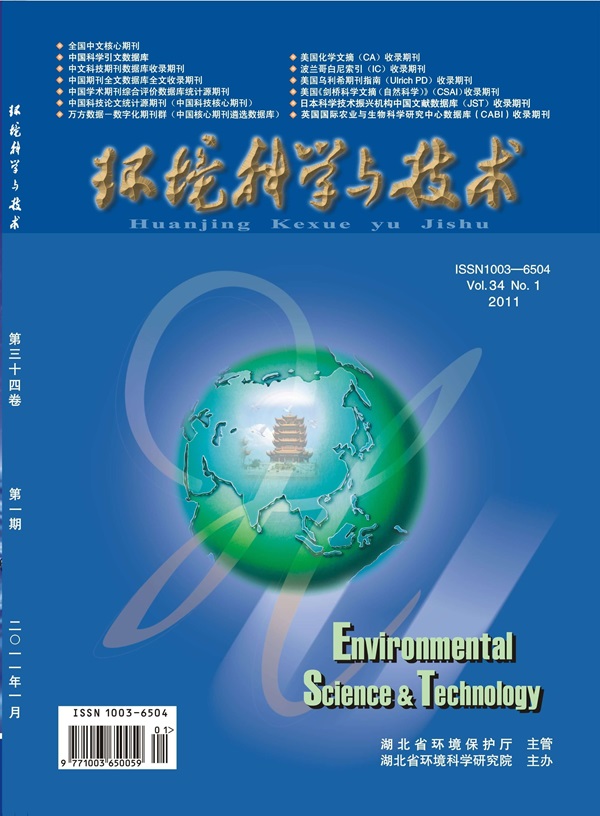Indirect Contact Regeneration of Ion Exchangers: A New Concept for Advancing Electrified Nitrogen Recovery from Urine
IF 10.8
1区 环境科学与生态学
Q1 ENGINEERING, ENVIRONMENTAL
引用次数: 0
Abstract
The emerging use of ion exchange for resource recovery has repositioned spent regenerant from “waste” to the desired “product”. This transition requires a high purity regenerant for pure product recovery (e.g., ammonium recovery from urine) because the long-lasting direct contact regeneration directly mixes the eluted target ions with the regenerant. Direct contact regeneration prevents using impure regenerants such as electrochemically produced acid (containing electrolyte salts) from making a pure product, hindering the advancement of electrified ammonium recovery via ion exchange. We demonstrated a new concept of indirect contact regeneration leveraging the “proton leakage” from an anion exchange membrane to achieve tandem proton separation and resin regeneration, which enabled the recovery of pure ammonium by an impure acid. A weak acid cation exchange resin enabled multicycles over 80% regeneration efficiency by the limited proton leakage from mild acids with pH 2–3. Investigating the effects of acid purity, pH, and resin dosage revealed the critical role of aqueous pH and the dynamic balance of proton leakage and consumption in governing regeneration efficiency and kinetics. Critical insights on salt types and target pH were provided to minimize the trade-off between electrochemical acid production energy and regeneration efficiency.

离子交换器的间接接触再生:推进尿氮电回收的新概念
离子交换在资源回收方面的新应用将废再生剂从“废物”重新定位为所需的“产品”。这种转变需要高纯度的再生剂进行纯产品回收(例如,从尿液中回收铵),因为持久的直接接触再生直接将洗脱的目标离子与再生剂混合。直接接触再生防止使用不纯的再生剂,如电化学产生的酸(含有电解质盐)产生纯产品,阻碍了通过离子交换电铵回收的进展。我们展示了间接接触再生的新概念,利用阴离子交换膜的“质子泄漏”来实现串联质子分离和树脂再生,从而使不纯酸回收纯铵成为可能。弱酸性阳离子交换树脂通过限制pH值2-3的温和酸的质子泄漏,使多环再生效率超过80%。研究酸纯度、pH值和树脂用量对再生效率和动力学的影响,揭示了水溶液pH值和质子泄漏和消耗的动态平衡对再生效率和动力学的关键作用。对盐的类型和目标pH值提供了关键的见解,以最大限度地减少电化学产酸能量和再生效率之间的权衡。
本文章由计算机程序翻译,如有差异,请以英文原文为准。
求助全文
约1分钟内获得全文
求助全文
来源期刊

环境科学与技术
环境科学-工程:环境
CiteScore
17.50
自引率
9.60%
发文量
12359
审稿时长
2.8 months
期刊介绍:
Environmental Science & Technology (ES&T) is a co-sponsored academic and technical magazine by the Hubei Provincial Environmental Protection Bureau and the Hubei Provincial Academy of Environmental Sciences.
Environmental Science & Technology (ES&T) holds the status of Chinese core journals, scientific papers source journals of China, Chinese Science Citation Database source journals, and Chinese Academic Journal Comprehensive Evaluation Database source journals. This publication focuses on the academic field of environmental protection, featuring articles related to environmental protection and technical advancements.
 求助内容:
求助内容: 应助结果提醒方式:
应助结果提醒方式:


